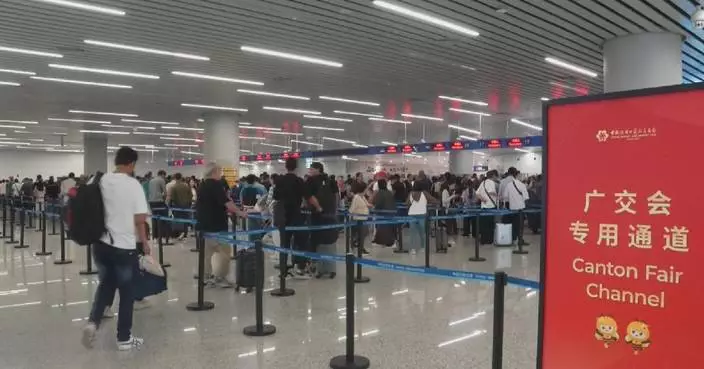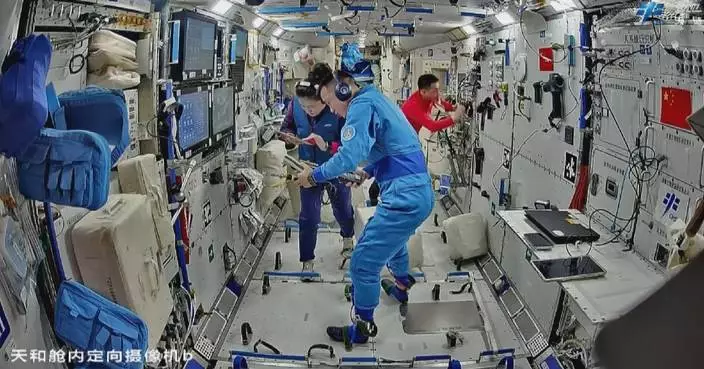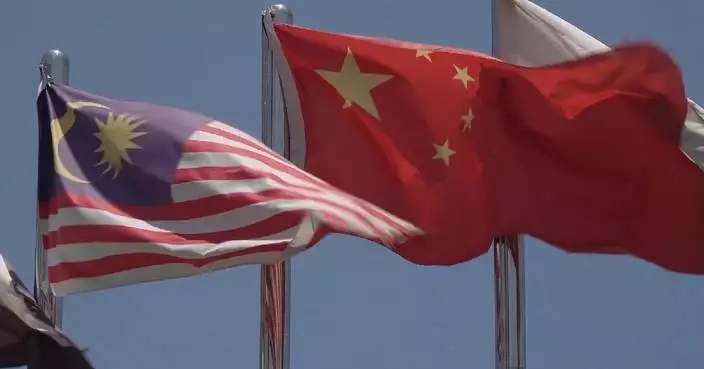China's Producer Price Index (PPI), which measures costs for goods at the factory gate, went down 2.5 percent year on year in November, the National Bureau of Statistics said Monday.
The decrease is 0.4 percentage point lower than in the previous month.
On a month-on-month basis, the PPI turned to an increase of 0.1 percent in November from a decrease of 0.1 percent in October.
The purchasing prices for industrial producers decreased by 2.5 percent year on year, but down by 0.1 percent month on month.
From January to November, the producer prices for industrial products decreased by 2.1 percent from the same period of last year, while the purchasing prices for industrial producers decreased by 2.2 percent.
On a year-on-year base, among the producer prices for industrial products, the price for means of production decreased by 2.9 percent in November, causing the overall level of producer prices for industrial products to decrease by about 2.12 percentage points. Among them, the price for the mining industry decreased by 4.9 percent, the price for the raw material industry decreased by 2.9 percent, and the price for the processing industry decreased by 2.7 percent from the same month of 2023.
In November, the price for means of livelihood decreased by 1.4 percent year on year, which dragged down the overall level of producer prices for industrial products by about 0.36 percentage points. In particular, the price for food went down by 1.5 percent and for clothing down by 0.3 percent year on year. In the month, the price for general commodities went up by 0.2 percent, and for durable consumer goods down by 2.7 percent year on year.
Among the purchasing prices for industrial producers in November, prices for ferrous metal materials went down by 7.1 percent, for fuel and power down by 6.5 percent, for raw chemical materials down by 5.0 percent, for agricultural and sideline products down by 3.8 percent, for building materials and non-metallic down by 2.7 percent, for textile raw material down by 1.7 percent and for non-ferrous metal materials and wires up by 11.0 percent.
In terms of the month-on-month changes of prices for different categories, among the producer prices for industrial products, the price for means of production edged up by 0.1 percent, causing the overall level of producer prices for industrial products to grow by 0.10 percentage points. Among them, the price for the mining industry decreased by 0.1 percent, the price for the raw material industry went up by 0.2 percent, and the price for the processing industry up by 0.1 percent.
The price for means of livelihood remained unchanged in November. Among them, the price for food went down by 0.2 percent, for clothing unchanged, prices for general commodities went up by 0.1 percent, and for durable consumer goods up by 0.2 percent. Among the purchasing prices for industrial producers in November, prices for agricultural and sideline products went down by 0.7 percent, for raw chemical materials down by 0.6 percent, for fuel and power down by 0.4 percent, for textile raw material down by 0.2 percent, for building materials and non-metallic up by 1.6 percent, for non-ferrous metal materials and wires up by 1.2 percent and for ferrous metal materials up by 0.1 percent year on year.

China's PPI down 2.5 percent in November

China's PPI down 2.5 percent in November




















































